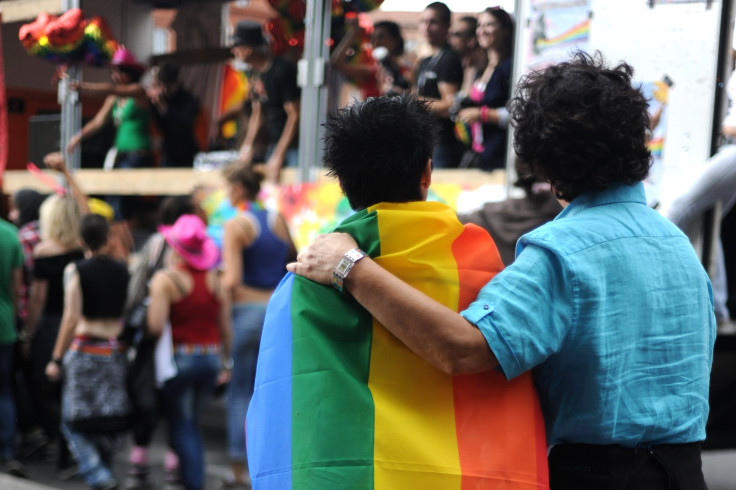Times Are Changing: Attitudes Toward Lesbian, Gay People Are Growing More Positive With Time

Last month, the Supreme Court made a landmark decision that effectively legalized same-sex marriage in all fifty states. For many observers, it appeared to be the validation of a decades-long battle to garner a greater societal acceptance of gay and lesbian people.
Now, a new study published today in the journal Collabra lends more support to the idea that homosexuality isn’t the marginalized taboo that it once was. The study found that people’s unconscious biases toward gay and lesbian individuals has rapidly and significantly decreased in negativity over the past seven years.
"Many people have this gut feeling that our culture has changed," said lead author Erin Westgate, a doctoral psychology student at the University of Virginia, in a statement. "We wondered whether people's attitudes were really changing, or if people today just feel more pressure to say they support lesbian and gay people."
To answer that question, Westgate and her colleagues studied data from Project Implicit , a multi-university research program that attempts to peer inside the unconscious human mind, all through the power of the internet. Westgate even teamed up with one of its co-founders, Dr. Brian Nosek, also from the University of Virginia.
By clicking onto the Project Implicit website, curious and/or helpful web denizens can fill out an assortment of Implicit Association Tests (IAT) generated by the program. The IAT has served as a battle-tested means by which researchers are able to observe the unspoken preferences, leanings and biases of any one person.
One of the simpler versions of the IAT does this by tasking participants to separate four sets of words as they appear on the computer screen into two arbitrary categories – via one keystroke or the other. Two of the sets include words associated either with positive or negative connotations (sad, joy, bright) while the other two include whatever preferences you’d like to test.
The psychological trick to the IAT is in having participants pair the preferences with the negative or positive sets in one trial then flipping the order in the second. The speed and accuracy at which a person is able to better place a pairing set over another is believed to signify how closely they unconsciously associate a specific subject with either negative or positive implications. In this instance, the authors looked at an IAT test that measured how people responded to words and symbols that represented gay or straight people — one example is a image of two plastic men, the same kind you would place on top of a wedding cake.
They found that the level of negative implicit bias had decreased, on average, 13 percent from 2006 to 2013. This change happened across all demographic groups, though men and those older, black, Asian and politically conservative were the least “improved” over that time period. Women, Hispanics, and those younger and liberal were conversely the most likely to shift their attitudes. The level of explicit bias, measured through questionnaires taken before the IAT, took a sharper turn downwards (26 percent), which does indicate that there was some posturing involved.
It should be noted that the data from Project Implicit isn't a true cross-section of a country’s citizens, as it’s generated from people willing to volunteer for the IAT test in the first place, a biased sample as any.
Still, overall, the news is good. "People today are genuinely more positive toward gay and lesbian people than they were just a decade ago," Westgate said. "The research shows that attitudes across the board are truly changing — it's not just a function of people feeling less comfortable admitting their bias in a culture that has become more open."
Source: Westgate E, Riskind R, Nosek B. Collabra . 2015



























